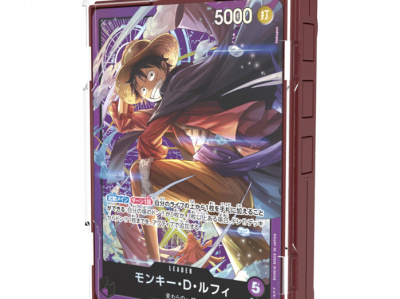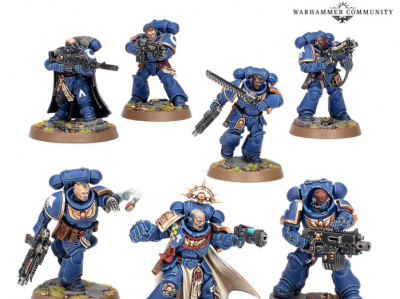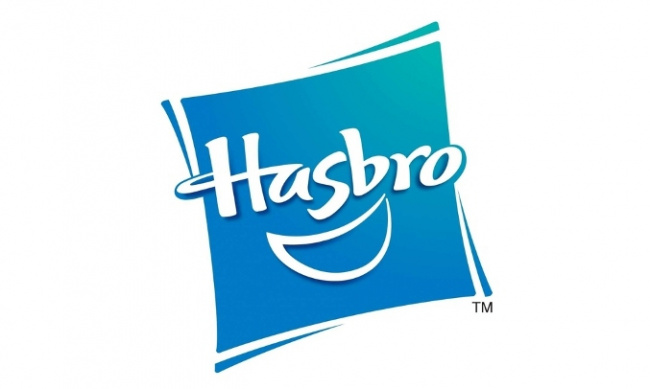A couple of weeks ago at the San Diego Comic-Con, we sat down with a delegation from ICE Kunion, the new Korean consortium that was formed to bring Korean comics to the American market (see 'Korean Consortium Leads Manhwa Charge'). Erik Ko, Chief of Operations at UDON, and Charles Park, Editorial Manager there, were the North American contingent; Jeong-hyun Chn, Publication Dept./Director of Sigongsa, and Ju-youn Lee, Studio ICE editor from Sigongsa were the Korean representatives. In Part 2, we discuss the pace of the launch, the target audience, and the nature of the Korean comics market. In Part 1, we talked about the decision to enter the U.S. market directly, rather than continue to work through licenses. And in Part 3, we discuss the path of Korean intellectual property development and the relationship between UDON and the Korean publishers.
Give us some idea of the scale and pace of your launch. How many titles to you expect to launch in the next twelve months, and where do you see this in say five years?
Ko: Our initial launch would include four titles: Chocolat, Bring It On, Angel Diary, and 11th Cat. Those four titles are all currently within the top five in Korea. We'll bring in the strongest titles for the launch to show people how good these books can be. That will be in October. In November and December we're adding four more titles to round out the line for 2005. 2006 we will continue the volume of the initial eight, possibly adding twelve titles eventually.
How long after the first will the second volume appear?
Ko: Two to three months. We want people to be able to digest it before giving them too much. Everybody has a budget. Everybody has a limit to how much they can spend on books. We want people to try it out first, make sure it finds a home. We'll have a five month lead to a three month schedule. It depends on which title.
Park: Unlike the licensed titles which they bought whole volumes entirely, and just releasing them whenever they can. In our case, a lot of the titles are still running so we have to release on the schedule of the creation as well. It takes three to four months for each book to be created. Every single month those books are being created. We want to have about that much time to release it as well.
Is the publishing model in Korea similar to what it is in Japan, with anthologies and the best of the anthologies being into tankoubon, or whatever the equivalent is?
Park: That's part of the reason why we have a lot of extra material. Typically most American publishers, when they buy licenses, they buy license of the tankoubon collected editions of the book. They have the rights to what's inside, but they don't have any extra materials that were in the original anthologies. In our case all of those properties are ours. We're going to put out a lot of those extra materials. We believe we can connect with an audience better because of all these little things that add up to help the audience understand how the creators created their story.
What's your target demographic? Is there a common demographic group that's going to buy all these titles? Or are there several subset groups?
Ko: I'm going to call it the Asian comic market rather than specify Korean manhwa or Japanese manga. The Asian comic market is booming with the female audience. The four launching titles are pretty much geared to the female audience. They're more general audience titles, like a PG-13. That doesn't mean a more mature audience can't enjoy it. It's better for the general audience. We'll add Chiwoo, which is a shonen title, more like for the boys, more action-oriented. It's not horror, but a little bit of a thriller. It's about an antique shop filled with little objects that have a history. It has a spiritual aspect to it that ties into the owner. It's a thriller/mystery/ghost story kind of thing. Each case is different. It's suitable for older readers too.
More emphasis on the female consumer but you're also going to do some for males?
Park: We're starting out geared for a young female audience that is already familiar with Asian comics. We're also adding titles that will serve as an introduction to the more general public.
One of the questions retailers are going to have about this line is, 'How should it be merchandised? How should it be displayed in the store? Should your comics be merchandised as a line, or should they be merchandised with Japanese manga to appeal to a similar audience?
Ko: The growing interest in Asian culture, not Japanese alone, has been phenomenal in the past few years. Not only in comics but in films from Hong Kong, Korea, Japan. From the retailers' standpoint, they should look at it as a whole Asian package rather than separating everything into this is manga, this is manhwa, this is Hong Kong comics.
They'll put the girl comics together regardless of where they're from.
Ko: From the retailers' standpoint, that will be a good expansion of their shoujo shelf. The books we're bringing in will cater to the same audience as the other books they are selling to female customers.
Park: Our American partners have been selling Korean and Japanese titles on the same brand anyway.
How many new trade paperback volumes are published monthly in Korea?
Ko: A lot. About 45 million tankoubons, or collected volumes, a year. That was in 2003, I believe.
How many separate titles?
Park: Four or five thousand titles a year.
So four hundred a month roughly? 45 million -- that means they sell about ten thousand apiece?
Park: That includes all the smaller independent publishers. Major publishers will see numbers a lot higher.
What are the top sellers? What kind of numbers do they do?
Park: For a typical shoujo line, the top-sellers are usually around 100,000. The shoujos tend to be more personal. They are not 'out there mainstream' types. Dragon Ball will be everywhere. The shoujo line's a lot more personal, so the numbers...
Ko: The sales are more conservative...in Korea it's 100,000.
Where do you want to be in five years? How many volumes do you want to put out? The maximum, I guess would be four hundred, then you could go back into the backlist...
Park: The Asian publishing system has been set for thirty years. It has a very different feel to it than the typical American comic market. Erik knows because he's been working in American comics a long time. Outside of Marvel, DC, and a few other publishers the majority of American comics have been running late, off-schedule.
Ko: Even Marvel is off the schedule.
Park: There are a lot of mishaps because the system is changing and a lot of companies are having a hard time adjusting. The Asian system has been working and set in stone for the past thirty years. When we say the book's coming out, it doesn't mean the book might come out. It's been coming for the past thirty years and it will come out on the same schedule for the next thirty years.
Ko: To answer your question regarding what we want to achieve, I'm more geared to what the consumers can take. We don't want to overwhelm the market. That's why we're being conservative on the launch. We could have put out eleven titles a month easily. But we have to consider how much the customers, the retailers, and the comic book stores would be able to buy. How much can they support at a time? You can't overdo it. Even if deep down you really want to make it big you have to slowly grow it. We are planting the seeds now. Hopefully in five years everything will bloom into fruition and everyone can enjoy the fruit.
Park: We're not interested in quick money and then be done with it. This is our industry. We are the industry. We are two of the four largest mega-empires from Korea. We're not just a small comic publisher. We're not interested in making small profit here and there and then run. We're here to groom the market, expand the market, because we are the market.
What percentage of Korean publishing is manhwa?
Ko: You mean versus publishing in total? It could easily be one fourth to one third of the business.
Park: It's complicated because Asian people read a lot more books. The only reason we know 45 million comics a year is because we work in the industry. If we had to input all the other book sources...
Ko: It's pretty hard to say. All these publishers with whom we're working have other things going on, like tens of thousands of magazines. They have children's books, educational books, newspapers, they even have a TV station. So when you ask what kind of percentage, it's really hard to gear towards a percentage. The manga business is a quarter to a third of the regular running business. That's a fair estimate. Like manga in Japan, manhwa is an essential cultural aspect.







